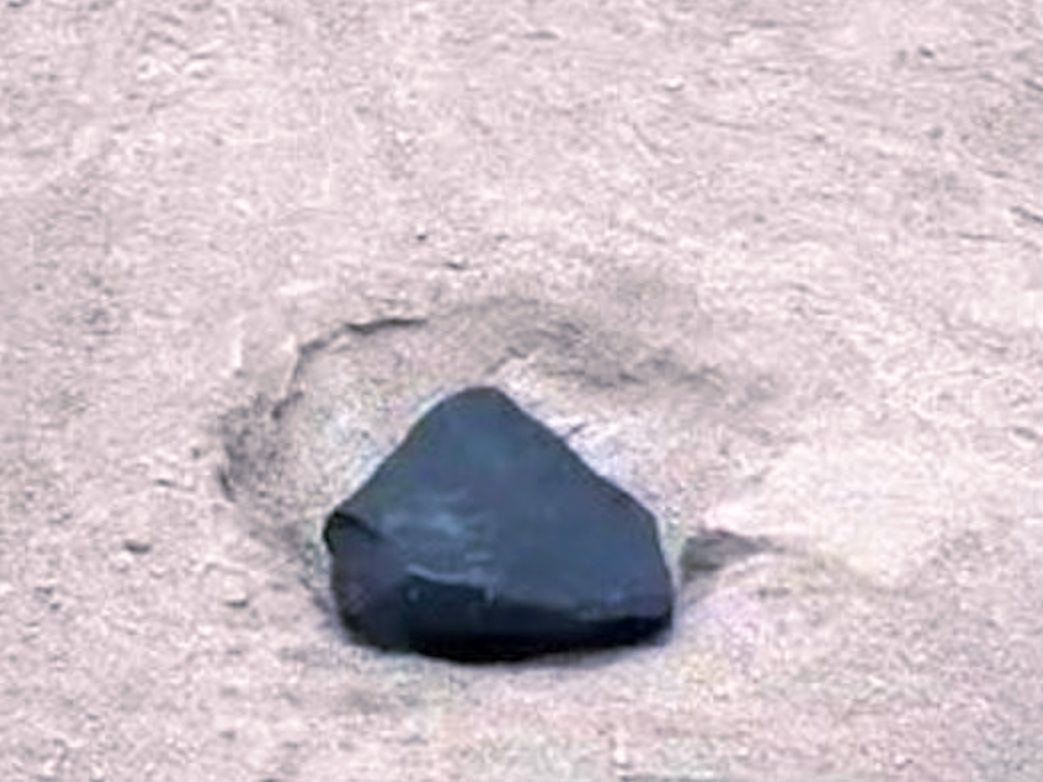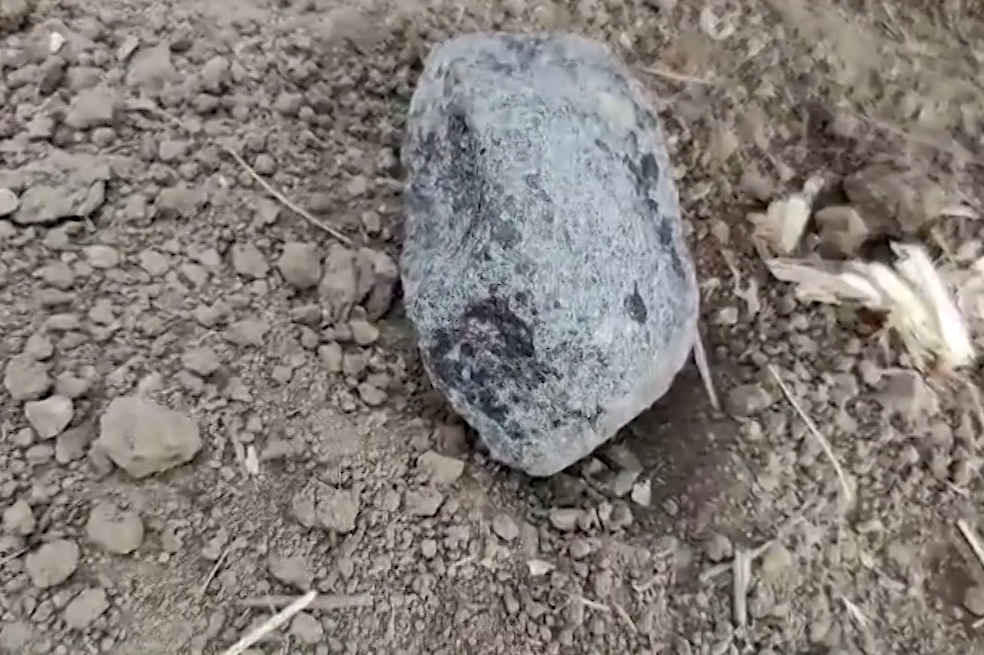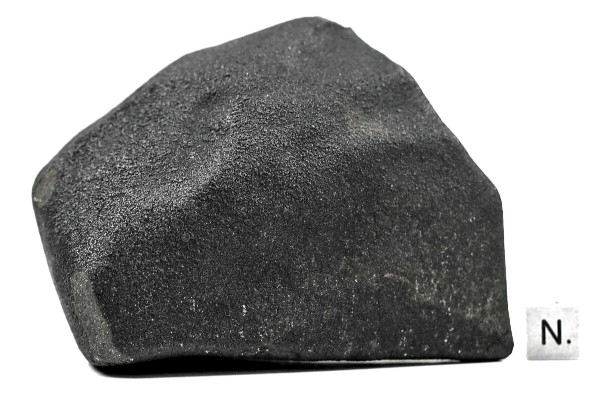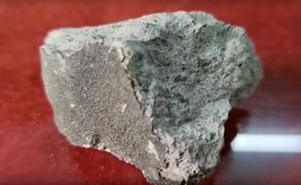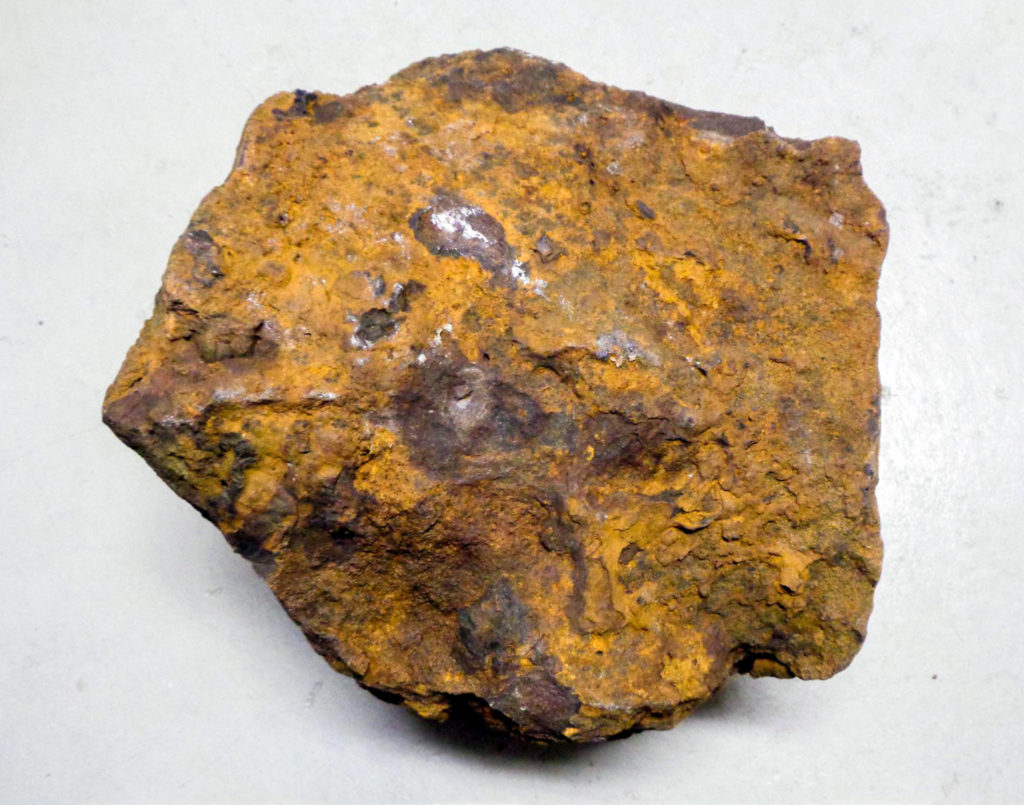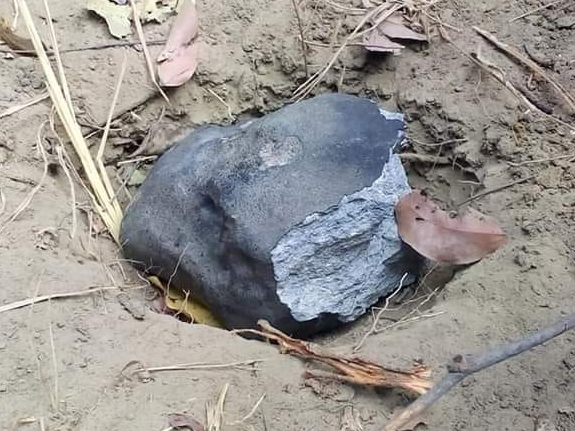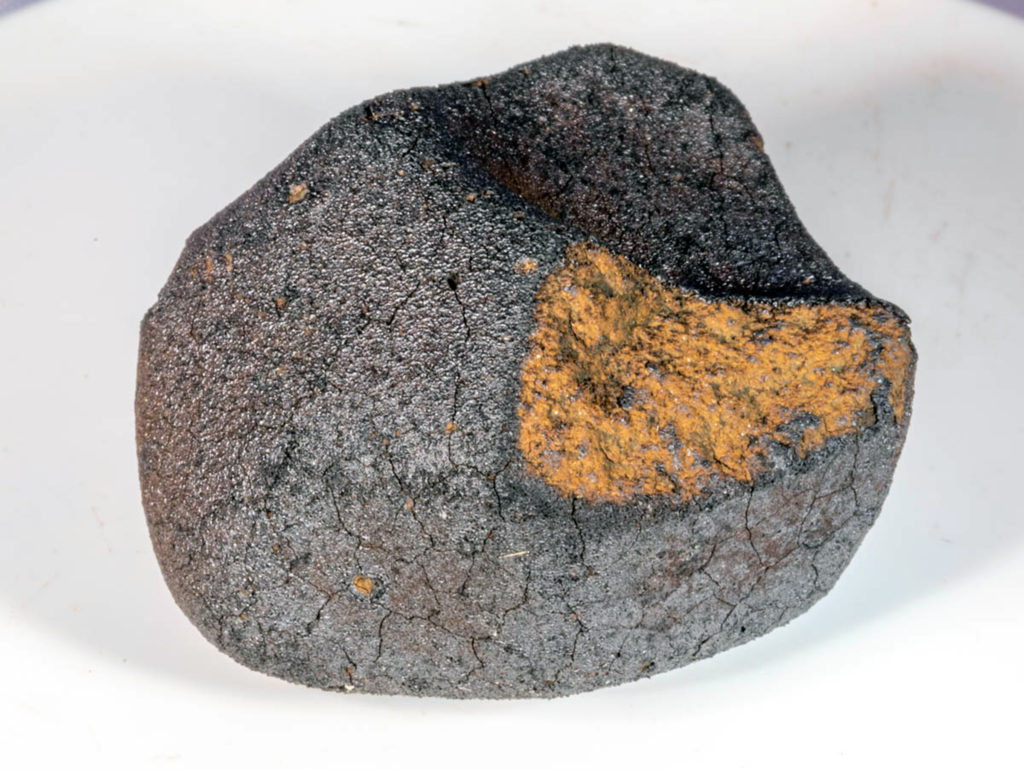The mystery of the missing mantle problem and insights from spectroscopyOPEN ACCESS
B.G. Rider-Stokes, S.L. Jackson, T.J. Burbine, R.C. Greenwood, E.M. MacLennan, L.F. White, S.S. Russell, M. Anand, M.M. Grady
Icarus
Available online 11 February 2025, 116506
“Highlights
- We measure the spectral properties of four olivine-rich achondrite meteorites.
- We find that the samples demonstrate similarities to Q and Sa-type asteroids.
- These findings imply there may be more olivine-rich asteroids in the Solar System.
- This study is a first step toward solving the mystery of the Missing Mantle Problem.”
“Differentiation of planetesimals results in the segregation of materials, with the densest materials sinking, producing a metallic core, while the lighter fraction, rises, fabricating a crust. While there are multiple examples of planetary crusts (e.g., V-type asteroids) and metallic cores (e.g., M-type asteroids), there appears to be a scarcity of mantle-like materials in both the asteroid (e.g., A-type asteroids) and meteorite record. This lack of olivine-dominated material has been dubbed ‘The Missing Mantle Problem’. Here we measure the reflectance spectra of four olivine-rich meteorites expected to originate from the mantle of differing planetesimals. Following the Bus-DeMeo taxonomy, NWA 12264 and Chassigny can be classified as Sa-types, while NWA 8535 and NWA 15717 are classified as Q-types. This result implies that mantle-like materials are not restricted to A-type asteroids as previously expected. This study provides a significant step toward the resolution of the apparent shortage of olivine-rich material in the early Solar System.”

